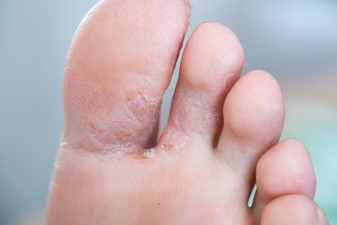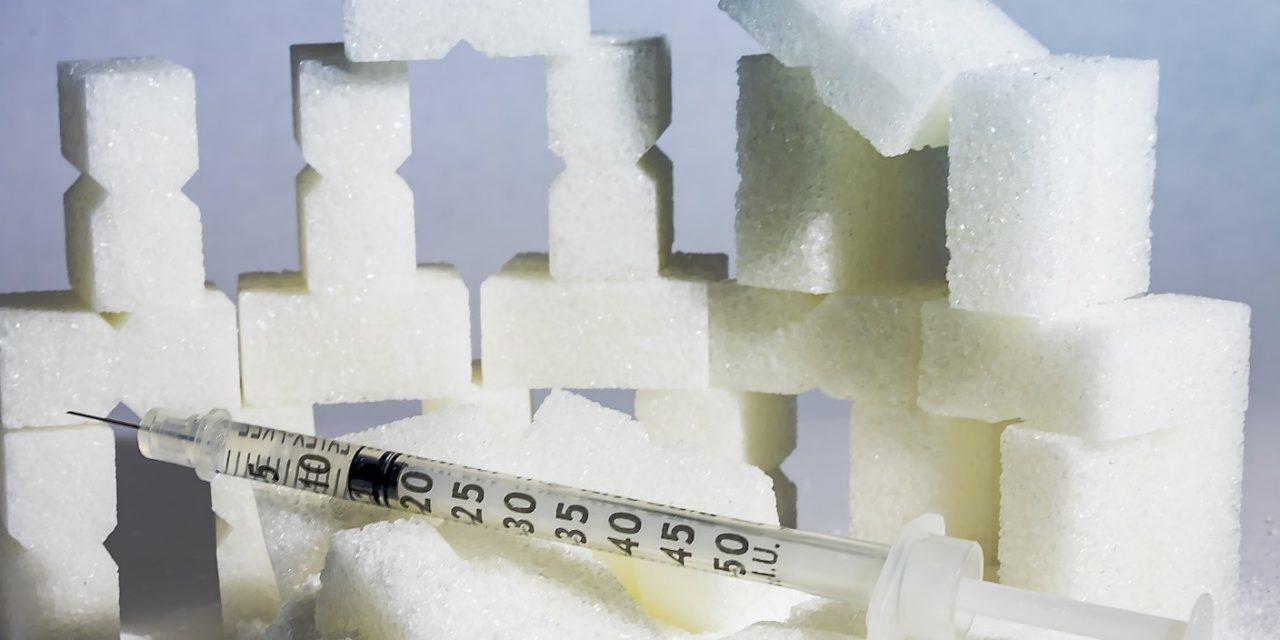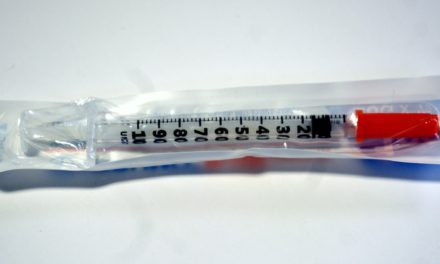Hyperglycemia refers to high levels of sugar, or glucose, in the blood. It occurs when the body does not produce or use enough insulin, which is a hormone that absorbs glucose into cells for use as energy.
High blood sugar is a leading indicator of diabetes. If a person with diabetes does not manage the sugar levels in their blood, they can develop a severe complication called diabetic ketoacidosis (DKA).
If a person does not get treatment for ketoacidosis, they can fall into a diabetic coma, which a dangerous complication of diabetes.
Causes
Most people will experience an increase in blood sugar levels after eating an unusually large high-glucose meal, but people who experience consistent hyperglycemia may have problems with producing or using insulin.
Insulin is a hormone produced in the pancreas that allows cells to use glucose for generating energy and functioning normally. When insulin is low or inefficient, diabetes may develop.
There are two types of diabetes:
- Type I diabetes occurs when the body does not produce insulin.
- Type 2 diabetes occurs when the body does not use insulin effectively. As a result, glucose remains in the blood and circulates the body.
Overeating and not doing enough exercise can lead to continuously high amounts of sugar in the blood. This can reduce the efficiency of insulin by giving it more glucose than it can process.
Stress in work, life, and relationships can also release hormones that keep glucose at high levels in the blood. One study [1] statistically linked stress with high blood sugar.
An illness, such as flu, might also lead to stress that causes a spike in blood sugar.
Dawn phenomenon
A common cause of hyperglycemia in people with diabetes is the dawn phenomenon.
This condition occurs in the early morning when certain hormones, such as epinephrine, glucagon, and cortisol, cause the liver to release glucose into the blood.
This phenomenon occurs typically around 8 to 10 hours after an individual with diabetes goes to sleep.
Not all high blood sugar levels in the morning are the result of the dawn phenomenon, however. They can also occur as a result of eating sugary or high-carbohydrate snacks before bed, taking an incorrect dose of medication, or not taking enough insulin.
Waking up during the night and testing blood sugar can be an effective way to determine whether these peaks are a result of the dawn phenomenon or down to other causes.
Symptoms
Hyperglycemia causes symptoms that a person will either detect during self-monitoring or notice in other ways, including:
- blood glucose levels higher than 130 milligrams per deciliter (mg/dl) before eating a meal or above 180 mg/dl 2 hours after the start of a meal
- frequently needing to pass urine
- feeling thirsty more often
- a higher than average volume of glucose in the urine
While noticeable symptoms of hyperglycemia do not often occur at a level below 250 mg/dl, people with diabetes should self-monitor regularly enough to catch glucose levels before they reach the stage where they cause symptoms.
Complications
The complications of diabetes are often the effects of prolonged hyperglycemia.
When blood sugar levels are consistently high because of diabetes, a range of health problems might develop, including the following.
1- Skin complications

People with prolonged hyperglycemia might be more prone to bacterial and fungal infections, such as boils, jock itch, athlete’s foot, and ringworm.
Other diabetic skin conditions can cause spots and lesions to develop, which may cause pain and itching. These include:
- diabetic dermopathy, which can lead to oval or circular, scaly, light brown patches on the legs
- acanthosis nigricans, which causes raised brown areas on the neck, groin, and armpits
- necrobiosis lipoidica diabeticorum, which is a rare complication that causes a sometimes painful, scar-like lesion with a violet edge
- diabetic blisters, which most often develop on the extremities and are painless
- eruptive xanthomatosis, a condition that causes yellow, pea-sized lumps on the skin that have a red ring around the base
- digital sclerosis, which causes thick skin with a waxy texture to develop on the back of the hand
- disseminated granuloma annulare, which causes raised, ring-shaped or arc-shaped patches on the skin
2 – Nerve damage
Consistently high blood sugar can damage the nerves in several ways:
- Peripheral neuropathy: This is nerve damage in the feet and hands, leading to numbness, tingling, or weakness. People may not be aware when they injure their feet, and need to check them daily to avoid infected wounds.
- Autonomic neuropathy: This affects automatic processes in the body, such as bladder control, sexual function, and digestion.
- Other types of neuropathy: Persistently raised blood sugar may lead to femoral, thoracic, cranial, or focal neuropathy.
Here, read more about the types of neuropathy.
3 – Eye complications
People with diabetes might experience diabetic retinopathy. This causes damage to blood vessels in the back of the eye, leading to vision loss and possible blindness.
Having diabetes and consistently high blood pressure increases the risk of glaucoma by 40% and cataract by 60%.
4 – Diabetic ketoacidosis
If a person with diabetes does not take steps to control their blood sugar levels, cells become less sensitive to insulin.
When there is insufficient insulin in the body or the cells do not respond, and glucose cannot access the cells, the body uses fats for energy instead. The body produces ketones from breaking down fats.
The body cannot handle a high level of ketones, and while it can get rid of some in the urine, ketones may eventually build up, causing the blood to become too acidic. This can lead to complications, such as DKA.
DKA increases levels of acid in the body, and, without treatment, might lead to a diabetic coma.
Anyone with diabetes who experiences the following symptoms should seek immediate emergency treatment:
- breathlessness
- fruity-smelling breath
- vomiting and feeling sick
- parched mouth
Treatment
While managing diabetes is an ongoing and often lifelong requirement, a person with diabetes can take steps to reduce spikes of high blood glucose.
These include:
- Exercise: Physical activity can use excess glucose in the blood. However, if a person with severe hyperglycemia finds ketones in their urine, they should avoid exercise, as this breaks down more fats and might speed up ketoacidosis.
- Moderating the diet: Eating less during mealtimes and snacking less, as well as focusing on low-sugar foods, helps keep the amount of glucose at a level that the body can handle. A dietitian can help a person adapt their diet in gradual and healthful ways.
- Altering medications: A doctor may recommend changing the timings or types of medication and insulin a person is taking if they are not reducing blood sugar as they should.
A doctor will often be able to look at a person’s self-monitored results, identify issues, and help individuals find ways to prevent severe spikes occurring.
Reference
1- Sancini, A. Tomei, F., et al. Work related stress and blood glucose levels, Ann Ig, Mar-Apr 2017;29(2):123-133.10.7416/ai.2017.2139.
Image by Myriams-Fotos from Pixabay









